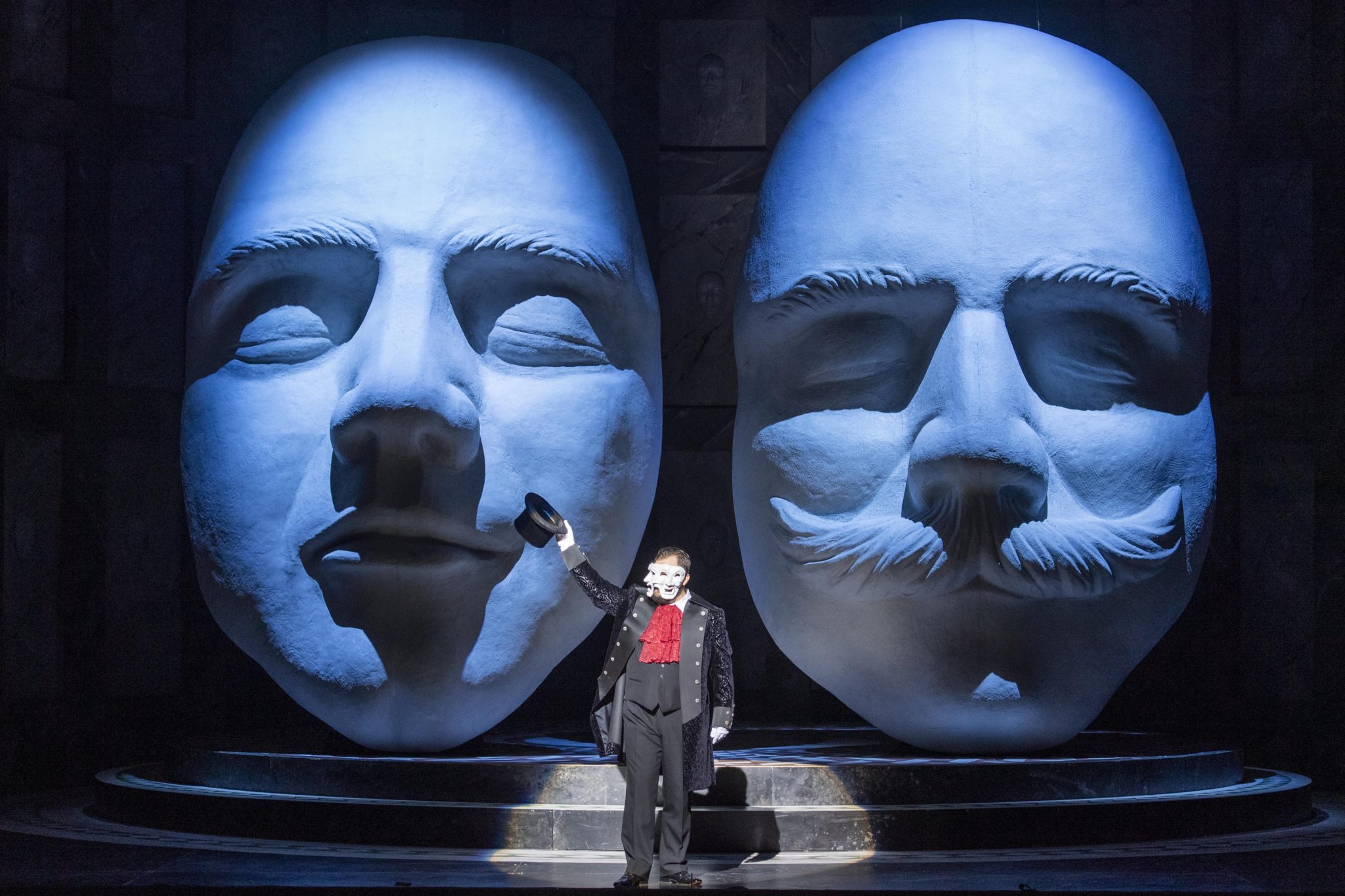After missing most of Seattle Opera’s online programming this summer, I bought season tickets to make sure I don’t miss out this fall. Even though the season only runs through the end of the year, it contains more opera than a regular full season. Only it’s all online. The first “performance” was a highlights recital of Cavalleria rusticana. Based on the plot summary, I had my doubts about Cavalleria rusticana, but I know that beautiful music and the pageantry of live performances matter more than plot in opera. But how would it hold up without the spectacle of live performance?

Expectation vs. Reality
I feel like the entire story of 2020 is one giant expectation vs. reality meme. As initially planned, Seattle Opera’s 2020/2021 season was to have opened with a double bill of Cavalleria rusticana & Pagliacci in August. As things worked out, it instead opened with a semi-staged online recital of highlights from Cavalleria rusticana. Let me break that down.

“Semi-staged” means that the performance took place on stage. But instead of the elaborate sets used in the full production of the opera, there was a painted backdrop of a church that you might expect to see in an Italian village like the one in which the opera set. The singers also appeared on stage and performed in character.
But it was also a recital because the pianist (John Keene) was on the stage with them. They wore contemporary street clothes (that also sort of evoked their characters). Although they interacted with each other, they maintained distance (hitting their marks taped at least 6ft apart on the floor) rather than moving around they would in a fully staged production. Recital-style, they mostly stuck to arias with little to no recitative.
It was a highlights recital because they only performed select pieces, presumably selection with the strongest music and interest levels when separated from the story as a whole. I’m sure the selection also related to who was available to perform. There was, of course, no chorus.
The Opera
Cavalleria rusticana
Music by Pietro Mascagni
Libretto by Giovanni Targioni-Tozzetti and Guido Menasci
Premiere: May 17, 1890 at the Teatro Costanzi in Rome
Previous Seattle Opera Performances: 1966, 1983, 1990
The featured singers were:
Gregory Kunde (Turiddu)
Sarah Larsen (Lola)
Alexandra Lo Bianco (Santuzza)
Nerys Jones (Mamma Lucia)
The fall season program can be viewed online. This performance of Cavalleria rusticana highlights is available online by subscription through October 16.
The title Cavalleria rusticana translates to Rustic Chivalry or more loosely but perhaps more appropriately, Country Manners. It’s the story of a young Sicilian villager (Turiddu) who returned from the army to find out that his fiancée Lola had married while he was away. In revenge, Turiddu seduced Santuzza, a young woman in the village, thus making Lola jealous. Lola and Turiddu have an adulterous affair, thus destroying Santuzza and of course, leading to violence between Turiddu and Alfio.
I suppose this classic verismo opera was intended as an illustration that the passions and drama of the little people are as operatic as those of gods and royalty. But I’m sorry to say that to me, it’s just trashy. Cavalleria rusticana felt like the opera version of the movie Urban Cowboy. I don’t care if that makes me a snob. It’s not that I think the Wicked Adventures of Count Ory is classy. It’s just that Count Ory makes fun of people pursuing their baser desires, and that’s entertaining. I don’t have a lot of patience for stories that dignify the immature antics of cheaters and drunks as “human drama.”
What it Isn’t
I don’t think I can “review” the Cavalleria rusticana recital in the normal sense, since it’s not really a production in the normal sense. Add my natural antipathy to this sort of story, and “Was it good?” seems like an odd question. I watched the Met’s stream of Norma early in the pandemic and loved it. But that was a regular live performance, recorded under planned, optimal circumstances. I don’t think it’s fair to judge Cavalleria rusticana or the performers based on this performance. That has nothing to do with how well they sang. It’s just that what they are being asked to do here is quite different from what they normally do. It feels like judging a ballerina by how she dances at a nightclub.

Besides, I don’t think that anyone would argue that a recorded recital is a satisfactory substitute for a live production of a full opera. So if it’s not a “real” opera performance, what is it?
What it Is
Well, for one, it’s a break from binge-watching Asian dramas. It’s an hour of music, performed by pros and recorded with better sound quality than a lot of older performances you’d find on CDs or streaming platforms. It’s a reminder that opera is not dead. Despite the pandemic, artists are still honing their craft. They are working hard to bring opera to fans in whatever manner possible. It’s an opportunity to support those artists materially, in the form of ticket sales that will enable the show to go on when safety permits and in a less concrete way to let them know their audience is still out there and still cares about what they have to offer. And it’s a way to participate in the opera community. KEXP DJ John Richards has the motto or mantra “You are not alone.” Even if we’re all sitting home alone instead of next to each other at McCaw Hall as we watch Cavalleria rusticana’s greatest hits, we are all in this together.
{I purchased a Seattle Opera Fall Season subscription for access to this and other exclusive digital content generated during the pandemic.}




About the author